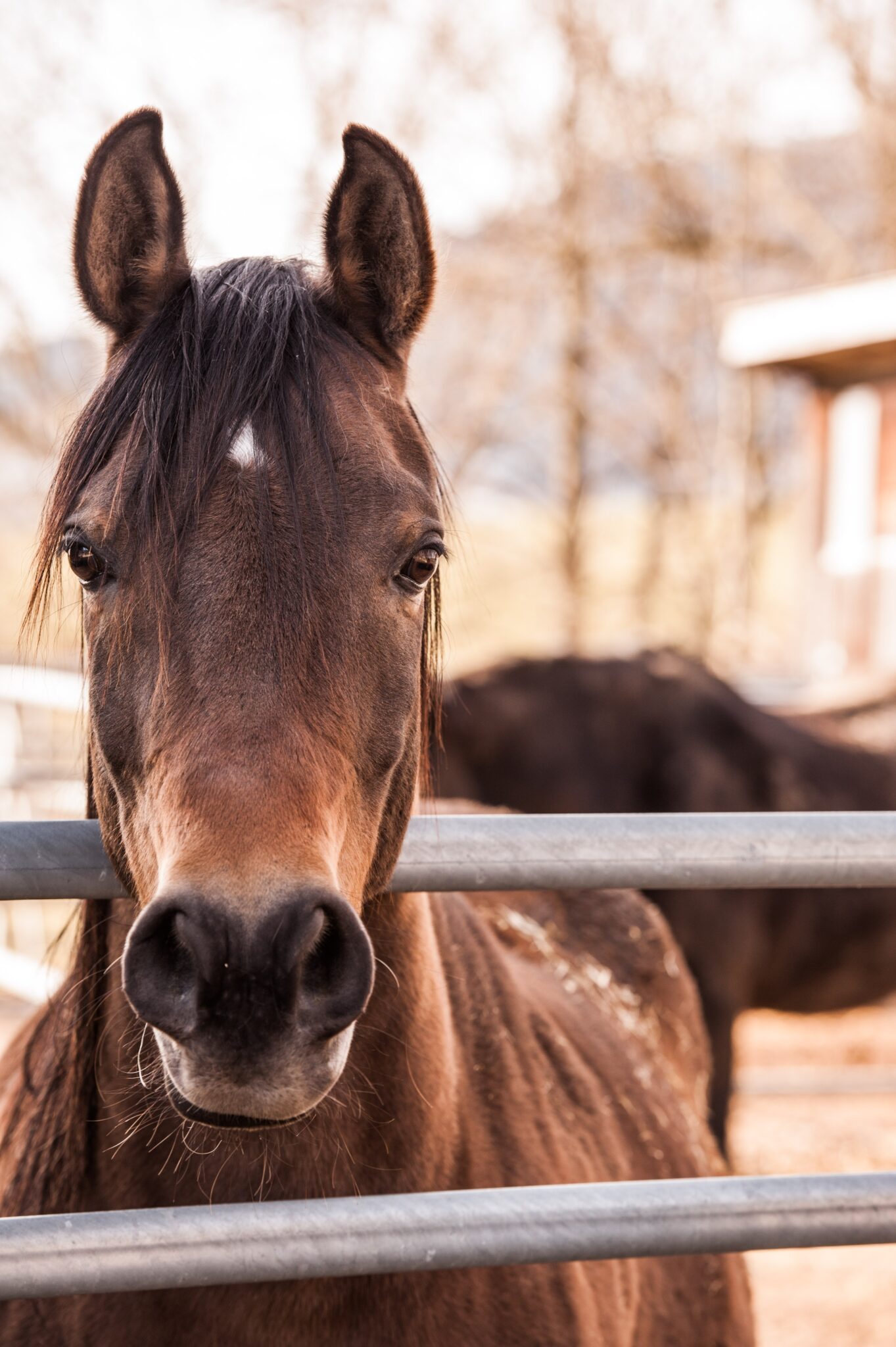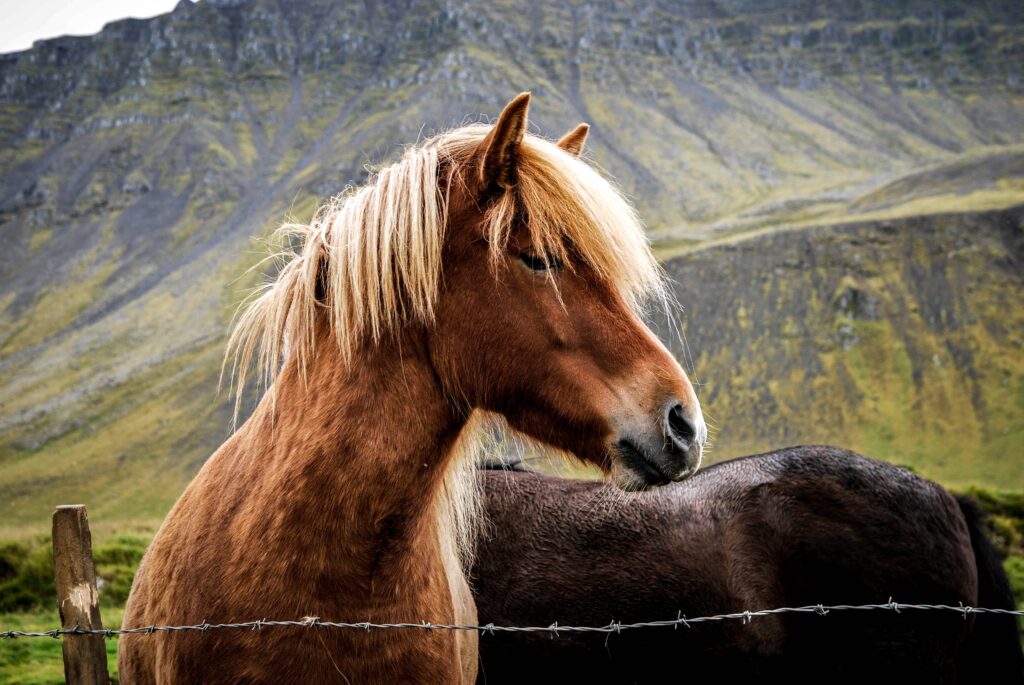Lice in horses
Lice are a common parasite that can affect horses, causing discomfort and potentially leading to more serious health issues if left untreated. Lice infestations in horses are more common during the winter months, when horses are kept in close quarters and their coats are thicker. There are two species of lice: one species feeds through biting and chewing on hair and dead skin, while the other feeds through sucking the blood of the host animal. In this article, we’ll discuss the signs of lice infestations in horses and how to treat and prevent these infestations.
The signs of lice infestations in horses can include:
- Intense itching: Horses with lice infestations may rub their skin or hair on fences, stall walls, or other objects in order to relieve the itching.
- Skin irritation: Infested horses may develop skin irritations, such as small bumps or scabs, which can lead to hair loss.
- Presence of nits (eggs)
- Dull or rough coat: Horses with lice may have a dull or rough coat, and the hair may stand up in clumps.
- Behavioral changes: Horses with severe infestations may become lethargic or show a decrease in appetite.

Treating lice infestations in horses involves a combination of topical treatments and management practices. Here are some steps you can take to treat and prevent lice infestations in your horse:

- Topical treatments: There are a variety of topical treatments available to treat lice infestations in horses, including shampoos, powders, and sprays. These treatments can be effective, but it’s important to follow the instructions carefully and repeat the treatment as needed.
- Management practices: Good management practices can also help prevent lice infestations in horses. This includes regular grooming and cleaning of your horse’s stall and equipment, as well as separating horses that have lice from those that do not.
- Environmental control: Lice can survive for several days without a host, so it’s important to clean and disinfect any areas where an infested horse has been. This includes stalls, grooming areas, and trailers.
- Quarantine new horses: If you bring a new horse onto your property, quarantine them for at least two weeks to monitor for any signs of lice or other health issues.
In conclusion, lice infestations can be uncomfortable and potentially dangerous for horses, but they can be treated and prevented with the right care and management practices. If you suspect your horse has a lice infestation, contact your veterinarian for guidance on the best treatment options for your horse.
Share our post:
